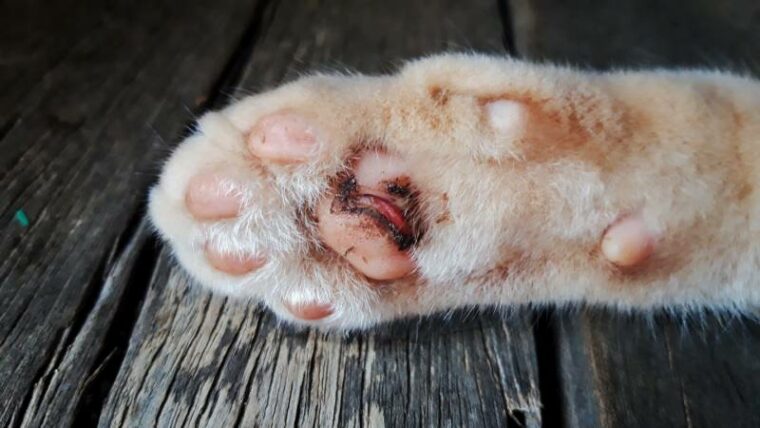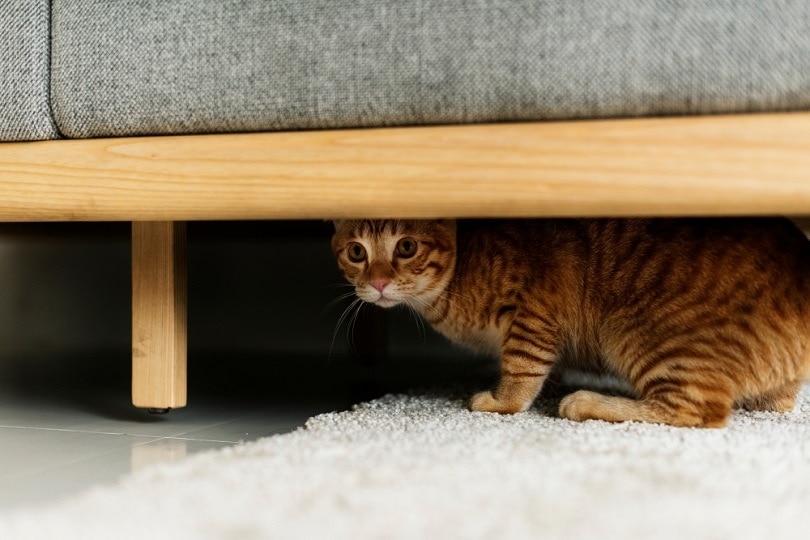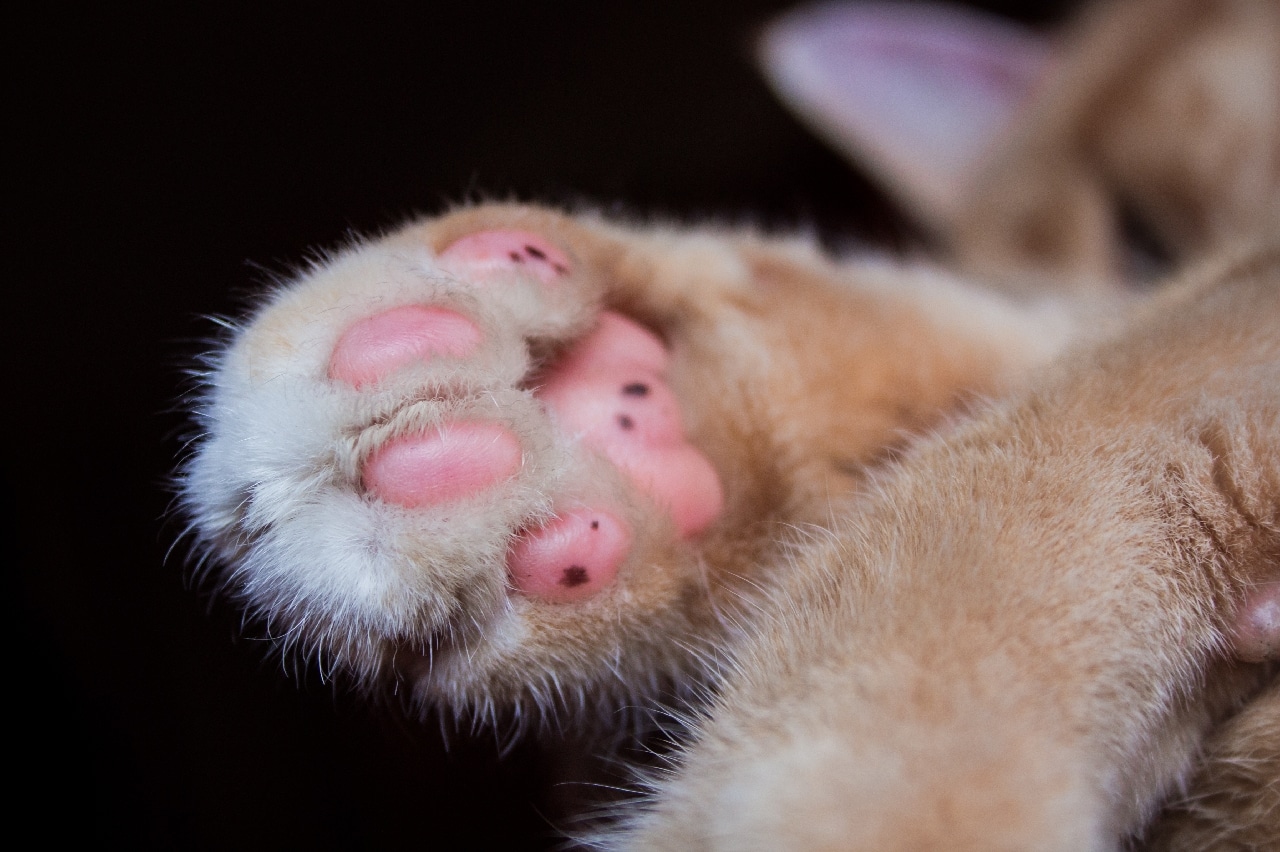
Cats are curious and fearless animals that often get into dangerous situations. There are multiple reasons that your cat may get burns on their paw pads. It could be that a pot of boiling water or a pan with hot oil on the stove has spilled on them, or they put their paws on a radiator or another hot surface. Open fire or corrosive substances are two other sources that could cause problems for your cat.
As with humans, burns in cats have multiple degrees. Third- and fourth-degree burns are the most severe because they can affect all layers of the skin and can even lead to shock.
As much as we would like to prevent these accidents, it is not always possible. But knowing how to treat your cat’s burned paw pads can help prevent complications, ease pain, and speed up healing.
The 7 Tips to Treat a Burned Cat Paw Pad
When our pets get hurt, we may panic and not know what to do. It’s vital to remain calm in order to think clearly and determine how to help your cat in the situation. If your cat has burned one of their paw pads, here’s what you can do to help them.
1. Recognize the Clinical Signs of a Burned Paw Pad

Cats can hide their pain and anything else that bothers them quite well. If your cat has burned their paw pad, here are the clinical signs that they will present:
2. Identify Your Cat’s Type of Burn
If you know the type of burn that your cat has, you or your vet will know what to do next regarding the proper treatment. Regardless of the type, all burns need immediate medical attention.
3. Assess the Degree of Your Cat’s Burn
Burns in cats have four degrees of severity:

4. Apply First Aid
As long as the burn on your cat’s paw pad has not blistered, it can be treated at home. If blisters do develop, do not burst them, as it can lead to infection.
The biggest problem related to burns is that they destroy the protective layer of the skin and favor the development of bacteria. In some cases, the infection can be fatal.
5. Go to the Vet
The treatment of your cat’s burn will be instituted by the vet, depending on the severity of the wound. Most first-degree burns can be treated in one visit, with the rest of the treatment and care being done at home. They usually heal in 3–5 days. In the case of second-degree burns, hospitalization and general antibiotics will be needed to prevent infection.
In the case of third- and fourth-degree burns, shock may occur because the injuries are deep. Hospitalization can last several weeks. In addition to antibiotics and pain medication, the vet may recommend surgical treatment, such as skin grafts or amputation. Your vet may also recommend euthanasia.

6. Watch Out for Complications
Any changes that you notice in your cat after a burn should be discussed with the veterinarian.
7. Prevent Future Accidents
Most burns are accidents in the true sense of the word and cannot be prevented. Here is what you can do to help reduce the risk:
Here is what you can do to help reduce the risk:

Conclusion
Unfortunately, not all accidents can be prevented. Cats can burn their paw pads on hot surfaces, get splashed with boiling water or hot oil, touch corrosive substances, or suffer electrical burns. Regardless of the type of burn, contact the veterinarian immediately. Cool the burned area with water. Do not use ice or ice water. Dry the area well and wrap it in cling film. The veterinarian will assess the severity of the injury and recommend the appropriate treatment.
Featured Image Credit: Phatara, Shutterstock






